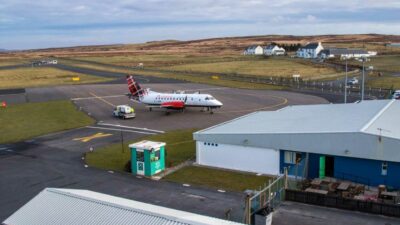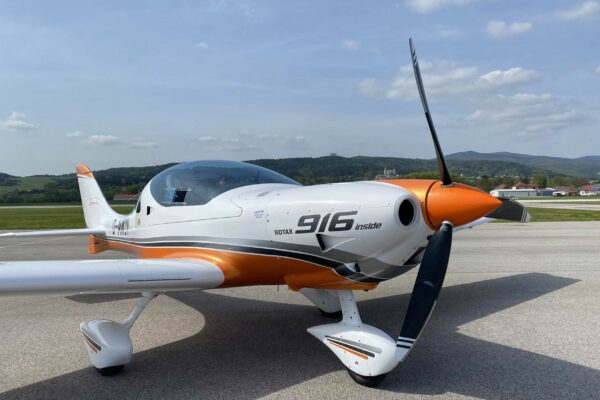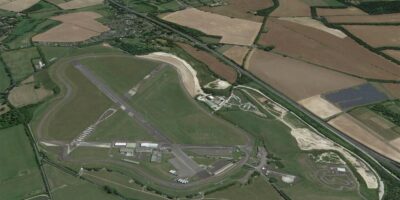A ‘listening out squawk’ covering Farnborough Airport is to be made permanent, the CAA has confirmed. The code was originally created as a short term measure to assist Farnborough LARS air traffic controllers during the London 2012 Olympics. It proved so successful, however, that it remained in place on a trial basis after the Games finished. The squawk will become permanent on 14 November 2013 and will become the tenth such code in operation in the UK.
Listening out squawks, officially known as Frequency Monitoring Codes, have played a vital role in reducing infringements of controlled airspace (CAS) by enabling air traffic controllers to alert pilots if their aircraft looks likely to infringe. Any aircraft fitted with a Mode A/C or Mode S SSR transponder can use these codes. By entering the relevant four-digit SSR code into the transponder and listening to the published radio frequency, a pilot signifies to air traffic control that he/she is actively monitoring radio transmissions on that frequency.
The Farnborough Frequency Monitoring code is 4572 and the radio frequency to monitor for Farnborough LARS (West) is 125.250MHz. It is recommended that pilots flying within 8nm of Farnborough Airport use the code.
The full list of frequency monitoring codes/ radio frequencies is:
Belfast Aldergrove – 7045/128.500 MHz
Leeds Bradford – 2672/133.125 MHz
Doncaster Sheffield – 6170/126.225 MHz
Manchester – 7366/118.575 MHz
East Midlands – 4572/134.175 MHz
Birmingham – 0010/118.050 MHz
Luton/ Stansted – 0013/129.550 MHz (LTN); 120.635 MHz (STD)
Gatwick/London City – 0012/126.825 MHz (LGW); 132.700 MHz (LCY)
Southampton/Bournemouth – 0011/120.225 MHz (SOU); 119.475 MHz (BOH)
Farnborough – 4572/125.250MHz <a href=”http://www.airspacesafety.com”>Click here for more</a>











